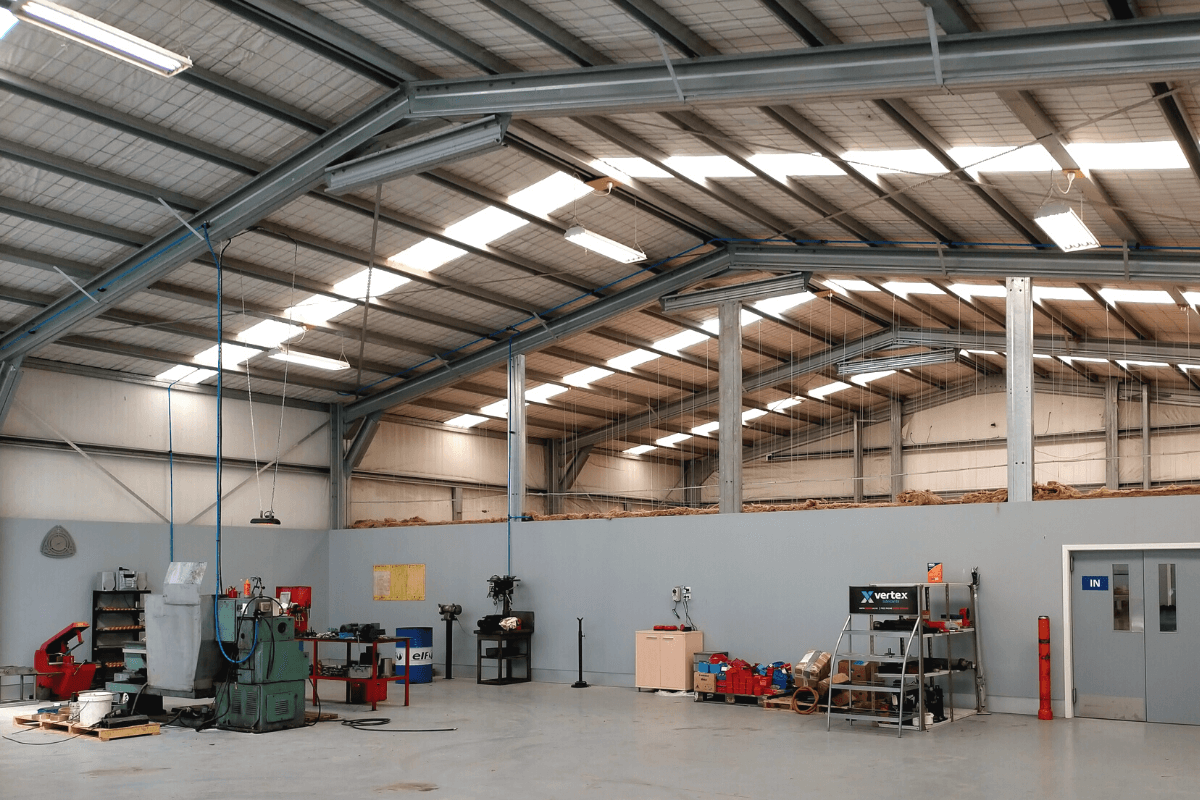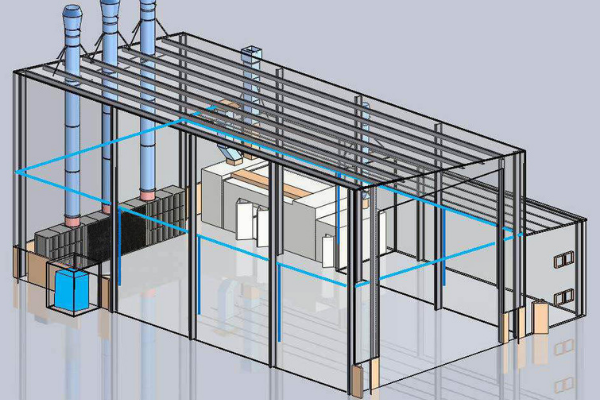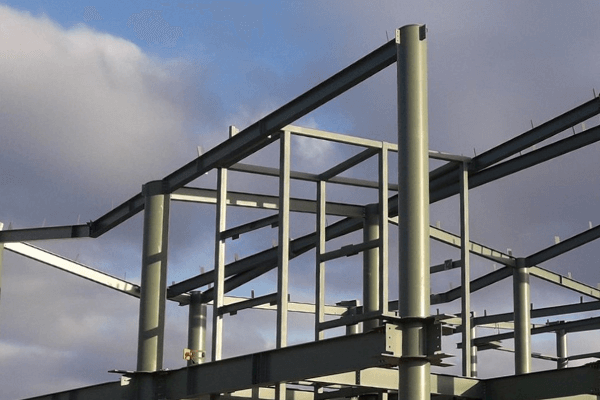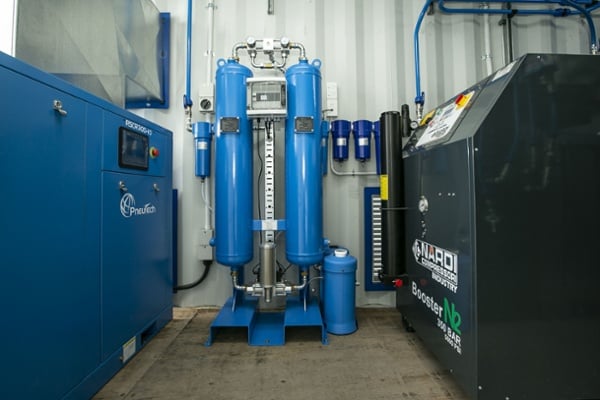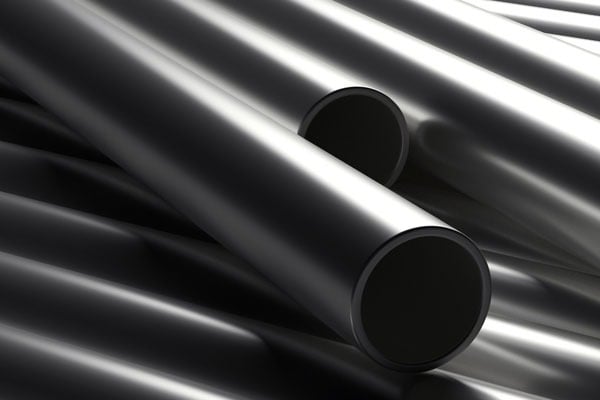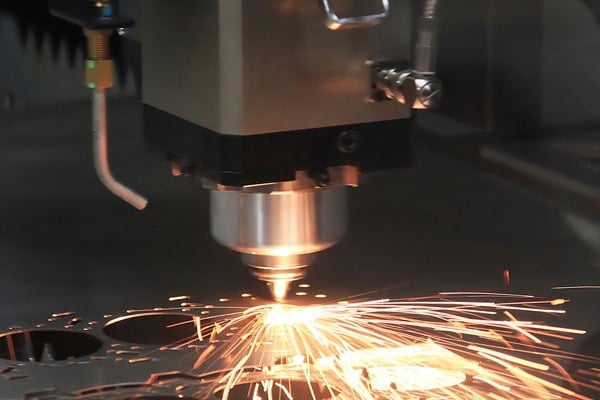Getting the wrong size air receiver tank creates problems that compound across your entire compressed air system. Too small and your compressor cycles constantly, driving up energy costs and maintenance. Too large and you've paid for capacity you don't need while potentially creating moisture issues.
To correctly size an air receiver, you must consider six factors: compressor output, peak usage, airflow patterns, pressure requirements, piping diameter, and compressor type. Miss any of these, and your calculations fall apart.
1. Compressor Output Sets the Baseline
Start with your compressor's CFM rating. Your air compressor tank needs 10 to 15 Litres of storage per CFM of output. A 100 CFM unit requires 1,000 to 1,500 litres minimum.
This ratio ensures the compressed air tank can actually hold what the compressor produces during each cycle. If storage falls short, excess air has nowhere to go, and pressure fluctuates throughout the system.
2. Peak Usage Determines Real Requirements
Your equipment doesn't consume air at a steady rate. Calculate maximum simultaneous demand by adding up every tool or machine that could run at once.
Then apply utilisation factors. A pneumatic drill that operates 20 seconds per minute has a utilisation factor of 0.33 (20÷60). A continuous flow air compressor feeding an automated line runs at 1.0. These factors prevent oversizing while ensuring your compressor tank handles actual peak loads.
Getting these calculations right for your operation matters. Our air compressor selector provides recommendations based on your specific equipment and usage requirements.
3. Airflow Patterns Change Storage Needs
Consistent demand requires less storage than variable demand. Automated production with steady air consumption needs minimal air receiver tank capacity because compressed air flows directly to applications without sitting in storage.
Workshop environments with multiple tools cycling on and off need significantly larger tanks. The air tank for compressors absorbs these fluctuations, so pressure stays stable without the compressor starting every time someone picks up a tool.
4. Pressure Drop Affects Tank Size
Measure the pressure difference between compressor discharge and end-use requirements. A larger pressure differential means you can use a smaller air receiver tank.
If discharge pressure is 10 bar and your tools need 7 bar, that 3 bar difference provides a buffer. If you're only working with a 1-bar difference, you need more storage volume to maintain adequate pressure at the point of use.
5. Pipework Adds Storage Capacity
Compressed air doesn't just sit in the tank. Your piping network provides additional storage that affects total system capacity.
Large diameter pipes in extensive networks can add hundreds of litres of effective storage. Factor this into your calculations, especially in facilities with long pipe runs. The compressed air tank size you need shrinks when pipework contributes meaningful volume.
6. Compressor Type Changes Everything
Air compressor tank requirements differ completely between reciprocating and rotary screw compressors.
Reciprocating compressors need tanks to store air and smooth out pulsation from the piston action. Size these by taking your highest CFM requirement at operating PSI, multiplying by 1.25 to 1.5, then rounding up to the nearest available tank size. Undersizing creates constant interruptions as equipment drains the tank faster than the compressor refills it.
Rotary screw compressors deliver continuous airflow without pulsation. If your equipment draws less than the compressor produces, you may not need an air receiver tank at all. The compressor supplies air directly without interruption.
Heavy-duty operations with high CFM tools still benefit from storage even with rotary screw units. The compressor tank ensures performance stays consistent when demand temporarily exceeds compressor output.
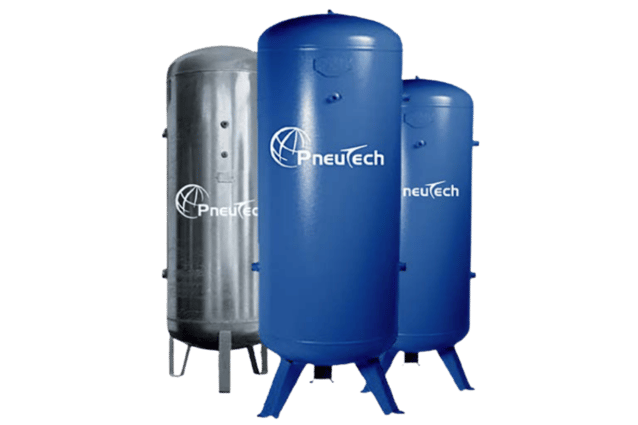
Why Proper Sizing Matters
Undersized tanks force compressors to start and stop repeatedly, accelerating wear on motors and components. Each start cycle draws more power than continuous operation, so energy costs climb alongside maintenance expenses.
Oversized tanks waste money on purchase and installation. They also create longer pressure recovery times and can allow moisture to accumulate if air sits unused for extended periods.
The calculations aren't complicated individually, but they interact. Peak demand affects pressure requirements. Piping diameter changes storage calculations. Compressor type dictates baseline sizing. Getting all factors correct ensures your system runs efficiently without wasting capacity or money.
Finding the Right Tank for Your System
Proper air receiver tank sizing requires balancing multiple variables specific to your operation. Compressor output provides the starting point, but real-world conditions determine what actually works.
Choosing the right compressed air tank ensures your system operates efficiently without wasting capacity or energy. Industrial Air Systems stocks PneuTech air receivers from 270L to 20,000L, manufactured to CE Standards and certified for New Zealand seismic requirements, available in paint, galvanised, or stainless steel finishes.
Browse our complete range of air receivers to find the right tank for your operation.




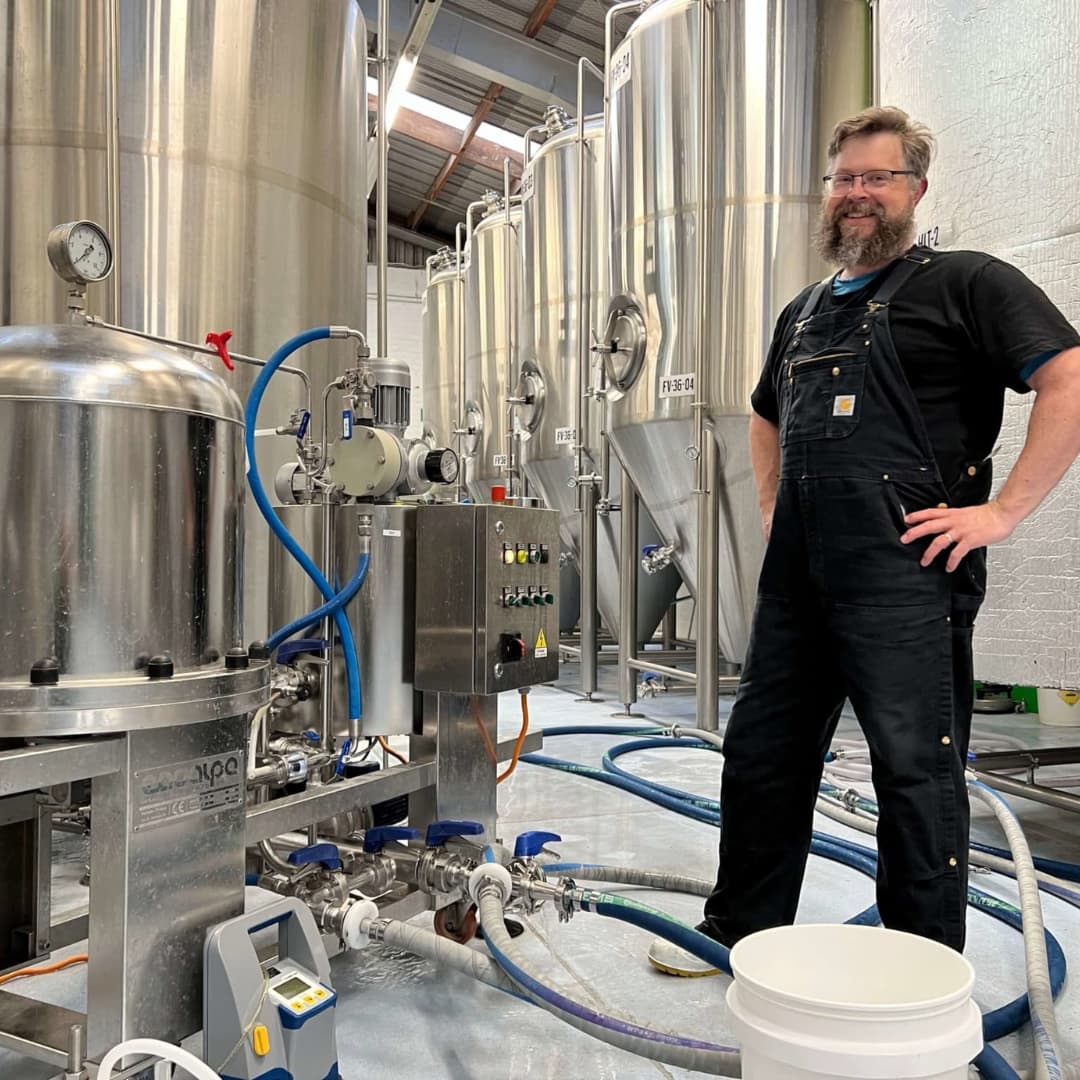
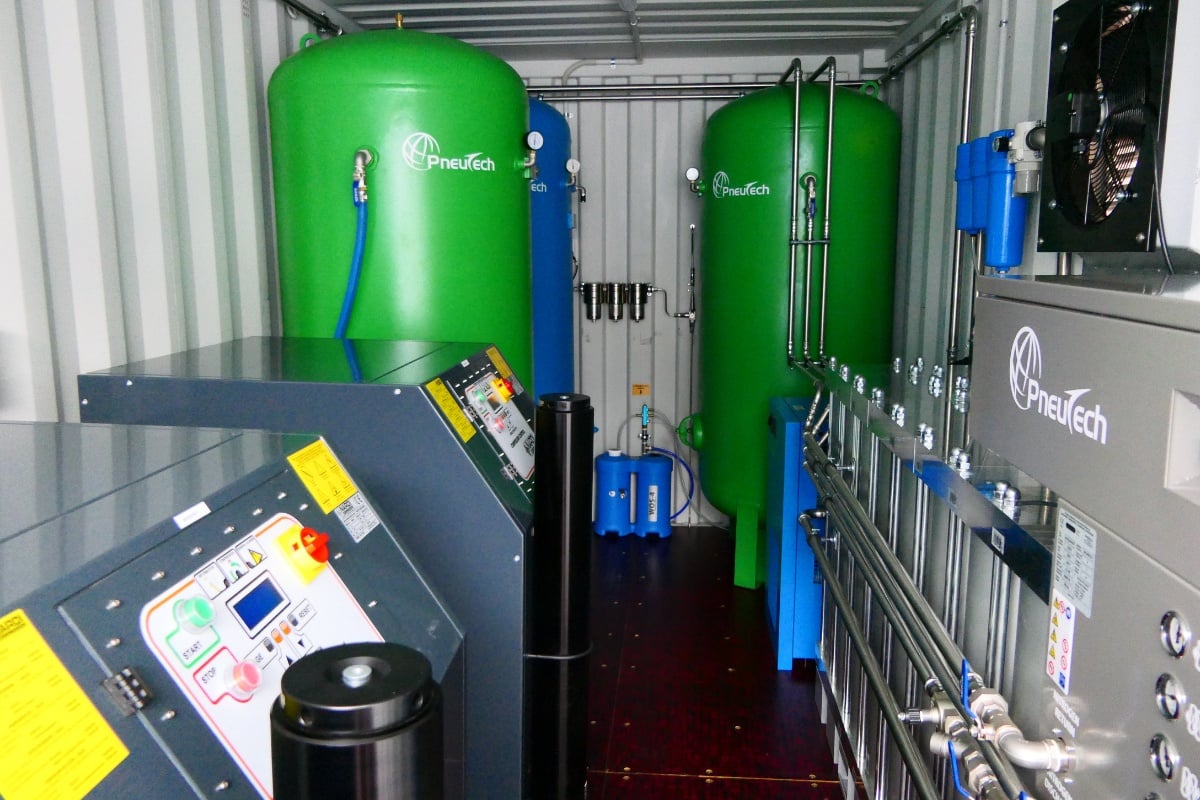
.jpg)



